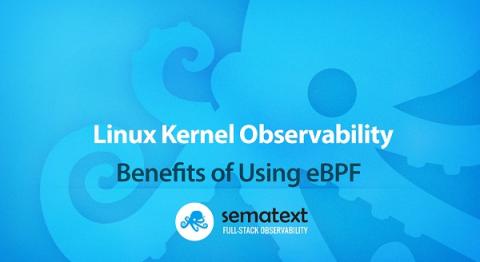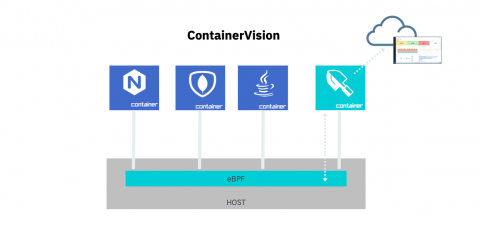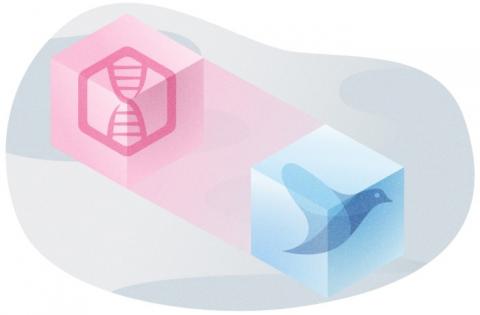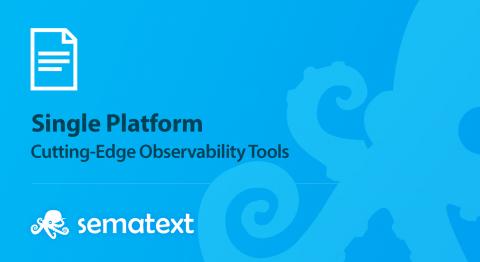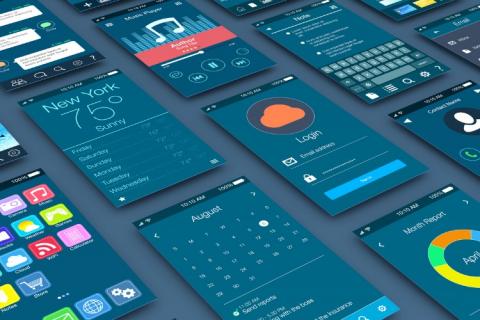Linux Kernel Observability through eBPF
Recent Linux kernel releases are coming weaponized with built-in instrumentation framework that has its roots in what historically was approached as BPF (Berkeley Packet Filter) – a very efficient network packet filtering mechanism which aims to avoid unnecessary user space allocations and operate on packet’s data directly in kernel land. The most familiar application of BPF powers is related to filter expressions used in tcpdump tool.


